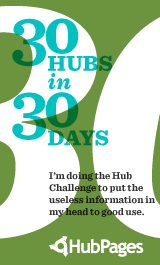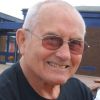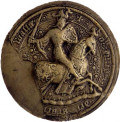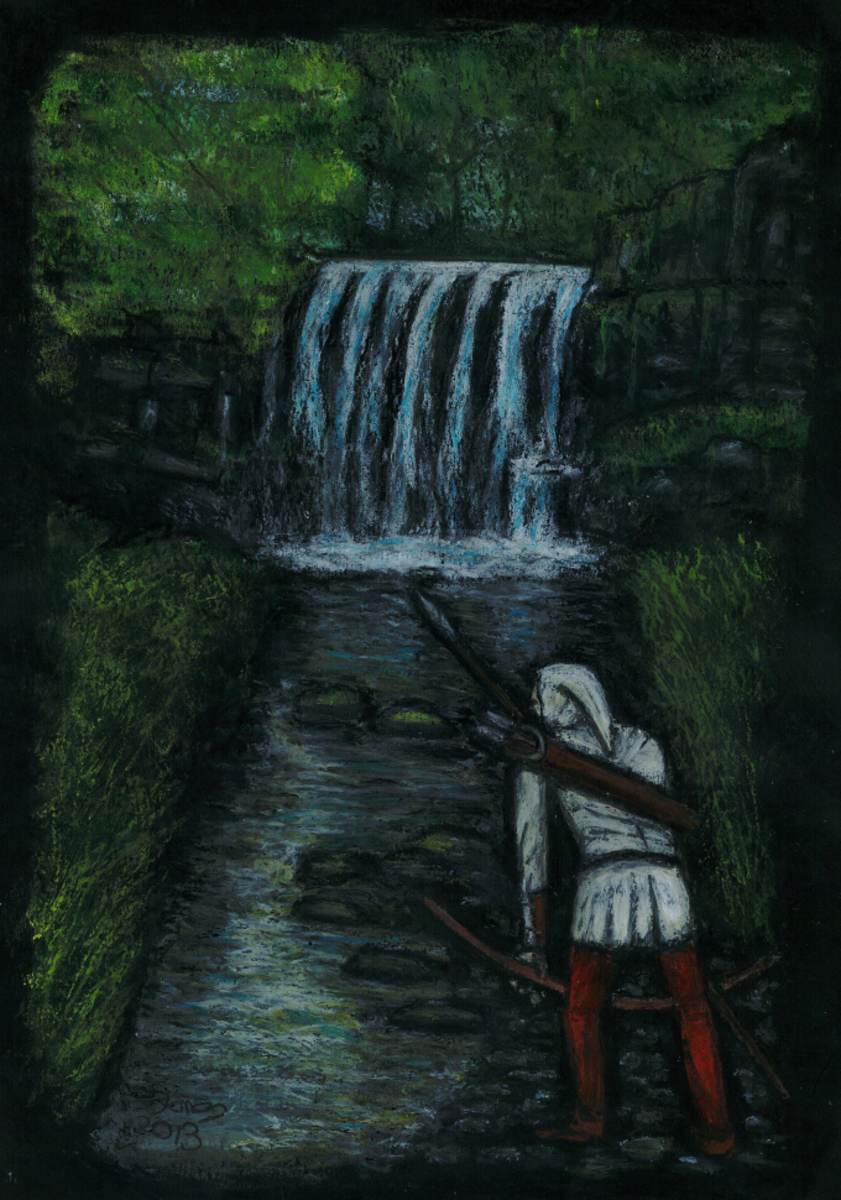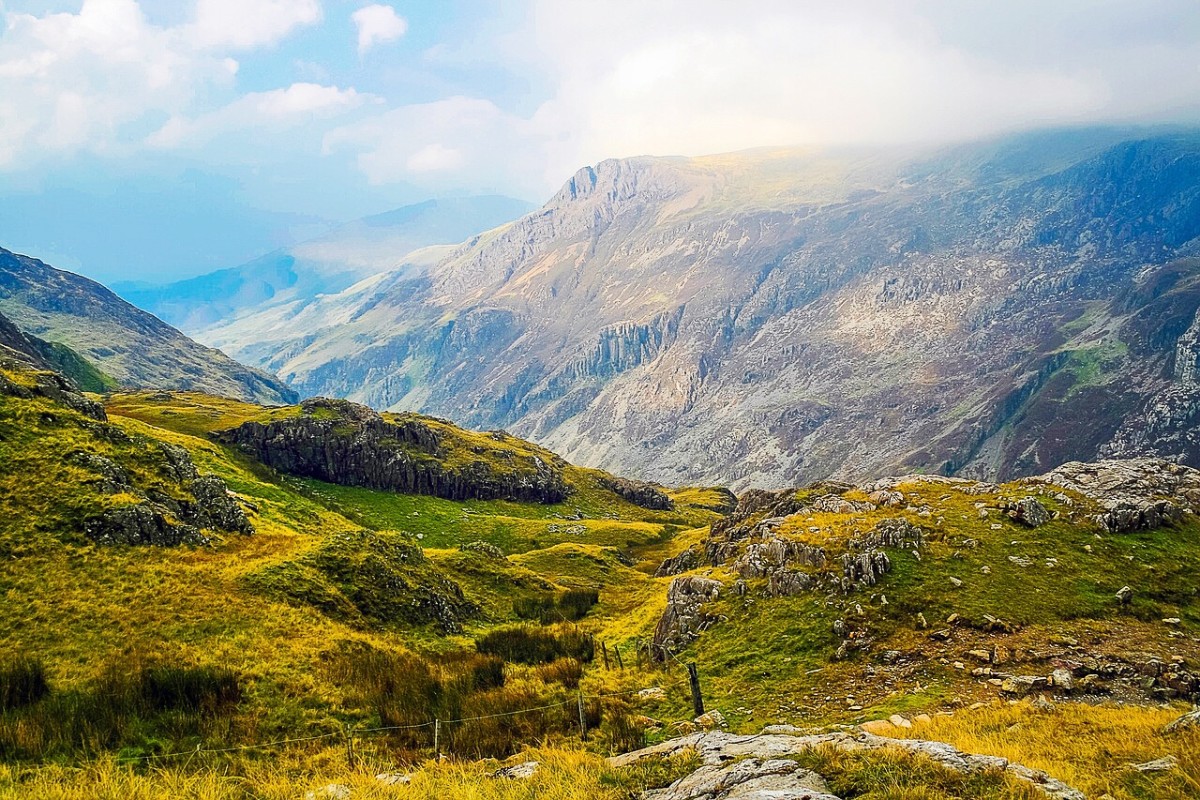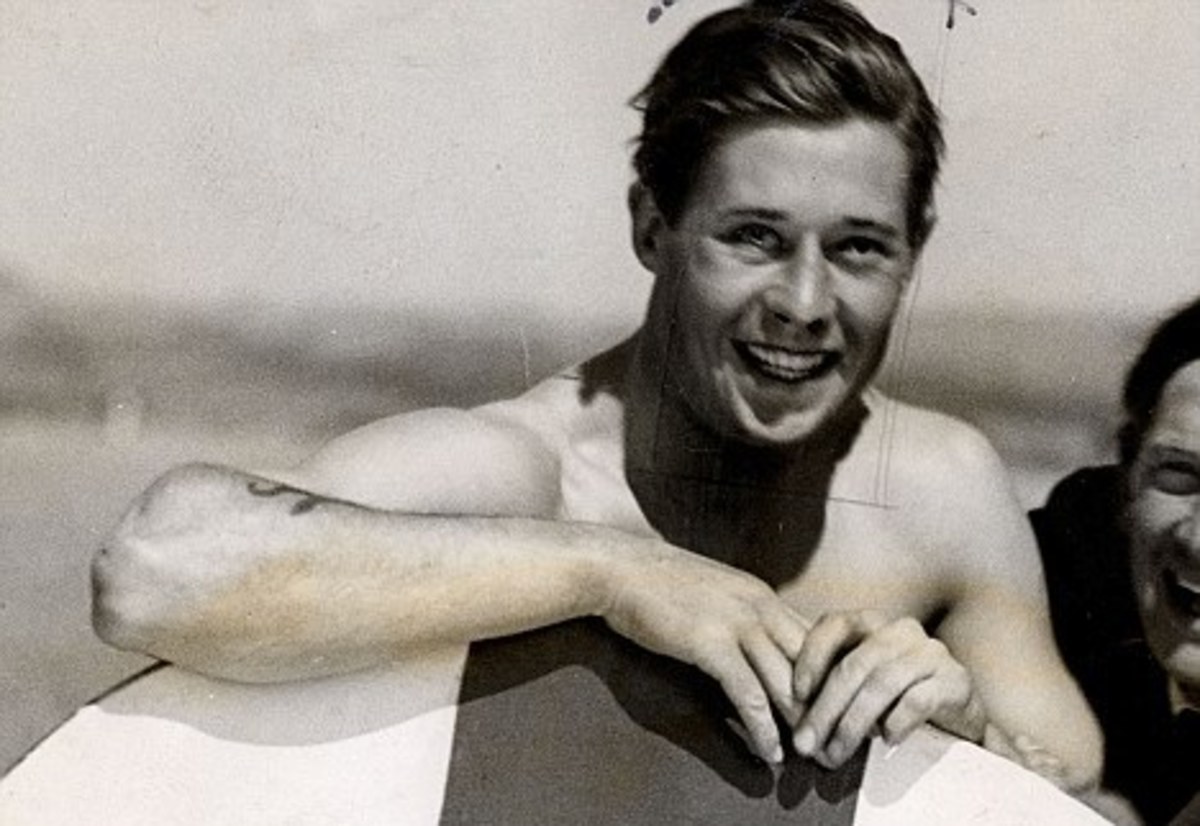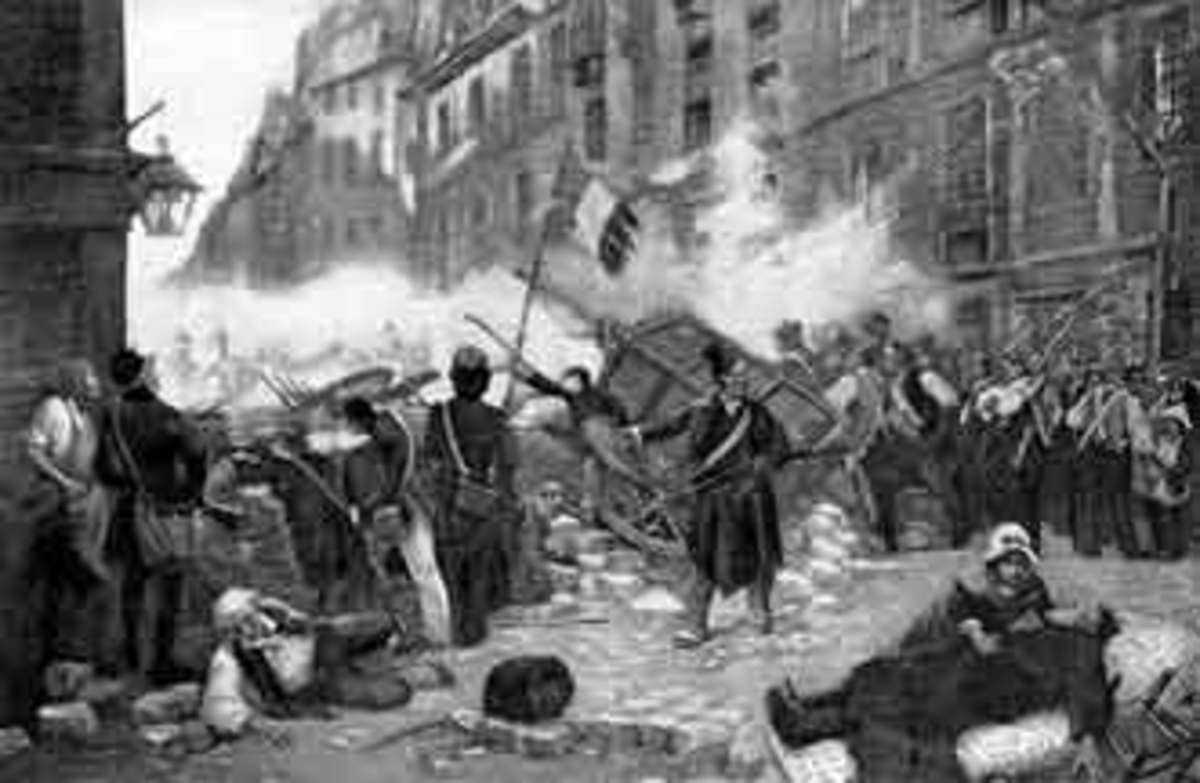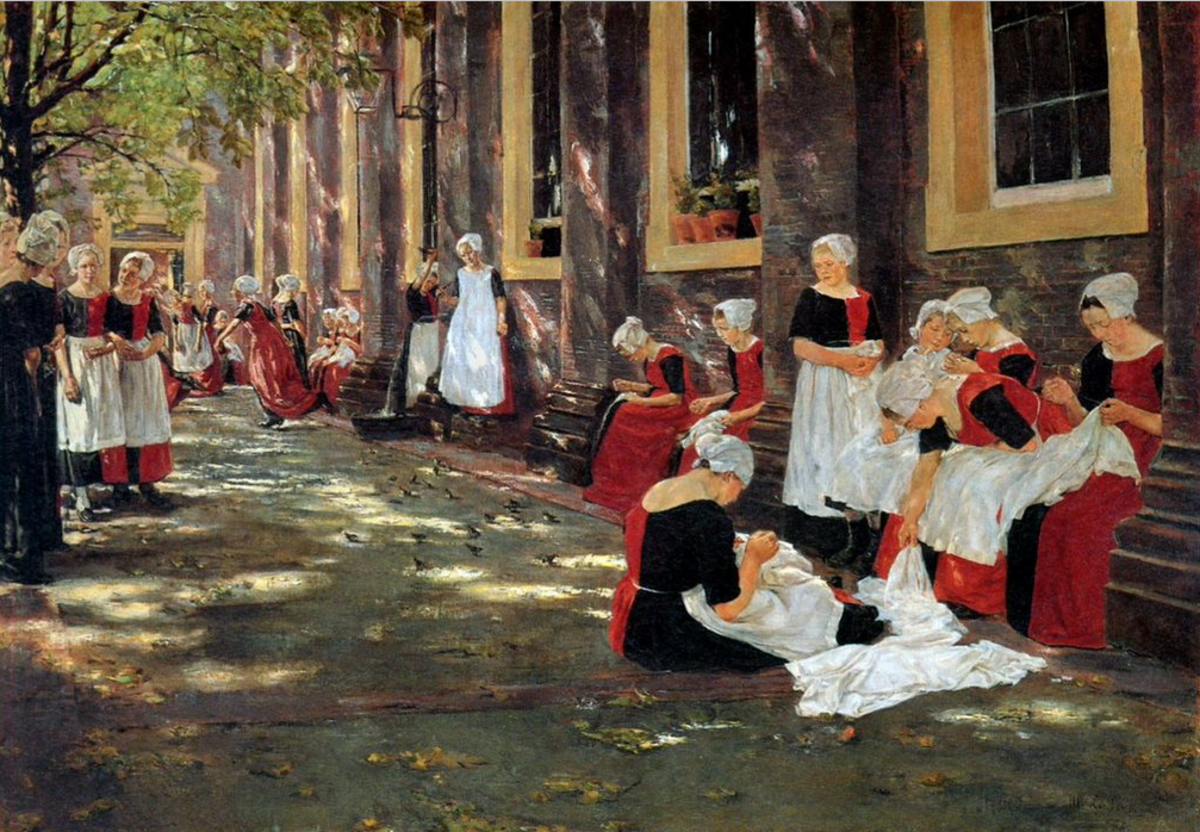Owain Glyndwr
Owain Glyndwr
Owain Glyndwr,1354 to 1412,was born into a wealthy family. Part of the Anglo-Welsh gentry, their home was in the northeast of Wales, on the border between Wales and England, called the Welsh Marches. His family coped with Welsh and English societies and language, still keeping their position as nobles descended from ancient Welsh Royal dynasties. Owain's father, Gruffydd Fychan was the hereditary Lord of Glyndyfrdwy, but he died some time before 1370 leaving his wife, Elen ferch Tomas ap Llywelyn, a widow, and Owain a young man of 16 years.
Owain was fostered, as were many young people of the day, at the home of David Hammer, a lawyer shortly to be a Justice of the Kings Bench. Owain is then thought to have been sent to London to study law. He studied enough to get a good grasp of the law as a landowner but not enough to be known as a lawyer. In 1383 he returned to Wales, where he married David Hanmer's daughter Margaret, and started his large family. He was now the Squire of Sycharth and Glyndyfrdwy.
Owain entered the English king's military service in 1384 and he was sent on garrison duty at Berwick upon Tweed, on the Scottish border. In 1385 he fought under King Richard 2nd in the French wars and acted as his shield bearer.Later that year served under the command of the Duke of Lancaster, John of Gaunt, Richard's uncle. In 1387 he fought in Kent during the defeat of a Franco-Spanish-Flemish fleet at sea. His father-in-law, Sir David Hammer died in late 1387, after being knighted earlier that year by King Richard. Owain returned to Wales as executor of his estate. He then served as a squire to Henry Bolingbroke, later Henry 4th, son of John of Gaunt, at the battle of Radcote Bridge in December 1387. He then returned to Wales and lived there for ten years.
White Tower, London
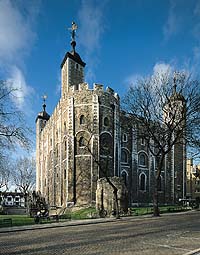
Rebel
Towards the end of the century, a series of events happened that began to push Owain towards rebellion, in what was later to be called the the Glyndwr Rising. His neighbour, Baron Grey de Ruthyn, had seized some land, and Owain appealed to the English Parliament. Unfortunately Grey was a friend of the new King Henry Fourth, who had stolen the crown from Richard Second. Owain lost his court case against Grey and in 1400 Grey was deliberately late in informing Glyndwr of a Royal command to levy feudal troops for Scottish border service, thus he was able able to call Owain a traitor in the London Court.
The deposed King Richard had support in Wales, and in January 1400 rebellion broke out in the city of Chester, after the public execution of an officer of Richards.
Owain was now proclaimed Prince of Wales on 16 September 1400 by his army of followers, which included his eldest son, and his brothers-in-law.
After a number of initial confrontations between King Henry IV and Owain's followers in September and October 1400, the revolt began to spread. Northern and Central Wales went over to Owain. King Henry then appointed Henry Percy, known as Harry Hotspur to bring the country to order. Hotspur issued an amnesty in March which applied to all rebels except Owain and his family.
Battles
In June, Owain won a victory in a battle at Mynydd Hyddgen, where Henry's forces were forced to retreat.
In 1402, the English parliament issued the 'Penal Laws against Wales,' designed to establish English dominance in Wales. This infuriated many Welshmen and they joined the rebellion.
That same year, Owain captured his old enemy, Lord Grey. He held him for a year until Henry paid a substantial ransom. This ruined Grey as he had to pay the money back to Henry.
In June 1402 Owain captured Sir Edmund Mortimer and said he would release Mortimer for a large ransom, but Henry IV refused to pay because Mortimer had a greater claim to the English throne than he did himself. Sir Edmund then negotiated an alliance with Owain and married one of Owain's daughters.
In 1403 the revolt became really national throughout Wales. English court officials reported that Welsh students at the universities were flocking to join Owain, and Welsh workers and craftsmen in England were leaving to return to Wales. Owain also had Welsh troops, ex campaigners of the France and Scottish wars, to help him. Hundreds of Welsh soldiers left the English service to join Owain.
In 1404 Owain held court at Harlech and later called his first Parliament, where he he was crowned Prince Of Wales.
1405 was a landmark in Wales when a formal treaty was negotiated between Wales and France. The French pressed the English and their army invaded English Aquitaine. At the same time the French landed in force at Milford Haven and marched through South Wales to Herefordshire and into Worcestershire. They met the English army ten miles from Worcester and both armies took up battle positions. Then, for no apparent reason both armies withdrew.
violence
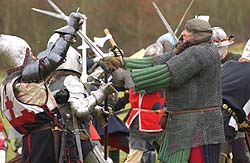
Last Gasps
By 1406, most French forces had withdrawn as the French King, Charles 6 thdecided not to continue supporting Owain.
The revolt was meeting problems. Early in the year Owain’s forces started to suffer defeats. King Henry's army also started to use more and more ruthless tactics. His forces landed in Anglesey and gradually pushed Welsh forces back until the English had taken the island. Rather than focusing on expeditions into Wales, the young son of Henry 4th, Henry of Monmouth used economic tactics, by blockading. Castles that were still in English control were used to gradually retake Wales, while cutting off supplies and weapons. By 1407 the strategy was starting to work and the leaders of the Welsh armies began to surrender. Owain’s castle at Aberystwyth was surrendered in the Autumn. In 1409 Harlech Castle was surrendered after Edmund Mortimer died in the battle, and Owain’s wife Margaret, two of his daughters and three of his granddaughters were taken prisoner and lodgeded in the Tower of London.They were all to die in the Tower before 1415.
Owain remained free but was now was a hunted man. The revolt continued but it had lost its sting and In 1410 after a raid into Shropshire, many of the leading rebellion figures were captured.
In 1412, Owain captured and ransomed a supporter of King Henry's nicknamed Crooked David in an ambush at Brecon. These were the last gasps of the revolt. This was the last time that Owain was seen alive by his enemies.
King Henry 4th died in 1413 and his son Henry 5th decided that Royal Pardons were the way to go. He offered and they were accepted.
Nothing certain is known of Owain after 1412. Despite enormous rewards being offered, he was never captured, nor was he betrayed. He ignored the Royal Pardons. There were claims that Owain spent his last years living with Alys, his daughter, passing himself off as an ageing Franciscan Monk. After the many folktales of Owain donning disguises during the rebellion, there could be some truth in this.
Henry
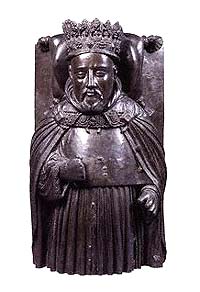
Prince of Wales
